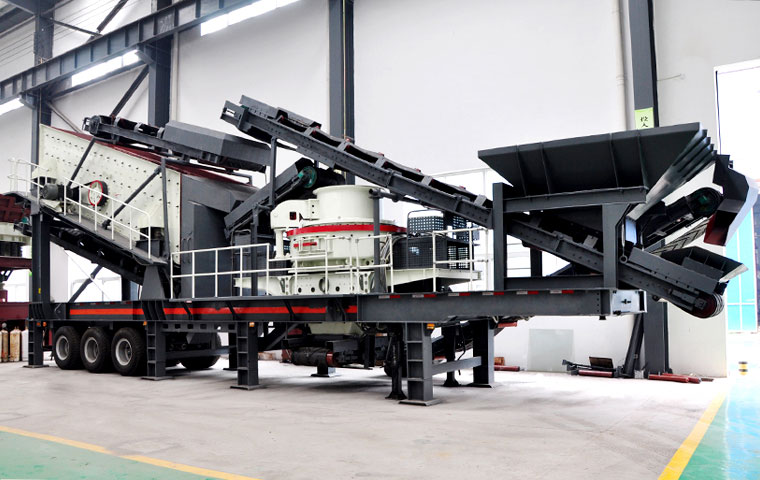solving dust problem on crushing plants
# Solving Dust Problems in Crushing Plants
## Introduction
Dust generation is a significant challenge in crushing plants, affecting worker health, equipment efficiency, and environmental compliance. Effective dust control measures are essential to minimize airborne particulate matter and ensure safe operations. This article explores the causes of dust in crushing plants and provides practical solutions to mitigate it.
## Causes of Dust in Crushing Plants
1. Material Fragmentation – Crushing, screening, and conveying processes break down rocks and minerals, releasing fine particles into the air.
2. Dry Processing Conditions – Lack of moisture increases dust dispersion.
3. Poor Enclosure & Ventilation – Open transfer points and unsealed equipment contribute to dust escape.
4. High-Speed Operations – Fast-moving conveyor belts and crushers generate more airborne dust.
## Solutions for Dust Control .jpg)
1. Wet Suppression Systems
- Spray water or mist at key transfer points (crusher feeds, discharge chutes, conveyor belts).
- Use fog cannons or atomized spray systems for finer dust suppression.
- Avoid excessive water use to prevent material handling issues.
2. Dust Collection & Filtration
- Install baghouse filters or cyclone separators to capture airborne particles.
- Use local exhaust ventilation (LEV) near crushers and screens to contain dust at the source.
3. Enclosure & Sealing
- Cover conveyor belts, chutes, and hoppers with durable materials (rubber curtains, steel panels).
- Seal gaps around equipment to prevent dust leakage.
4. Reduction of Drop Heights
- Minimize free-fall distances when transferring materials to reduce dust generation.
- Use impact beds or rock boxes at transfer points to absorb energy and limit particle release. 
5. Operational Best Practices
- Optimize crusher settings (speed, gap size) to reduce fines production.
- Schedule maintenance to ensure proper functioning of seals and suppression systems.
- Train workers on dust control protocols and PPE usage (respirators, goggles).
6. Chemical Dust Suppressants
- Apply non-toxic binding agents (such as polymers) to stabilize fine particles on roads and stockpiles.
## Conclusion
Effective dust control in crushing plants requires a combination of engineering controls (suppression systems, enclosures), filtration technology, and operational adjustments. By implementing
